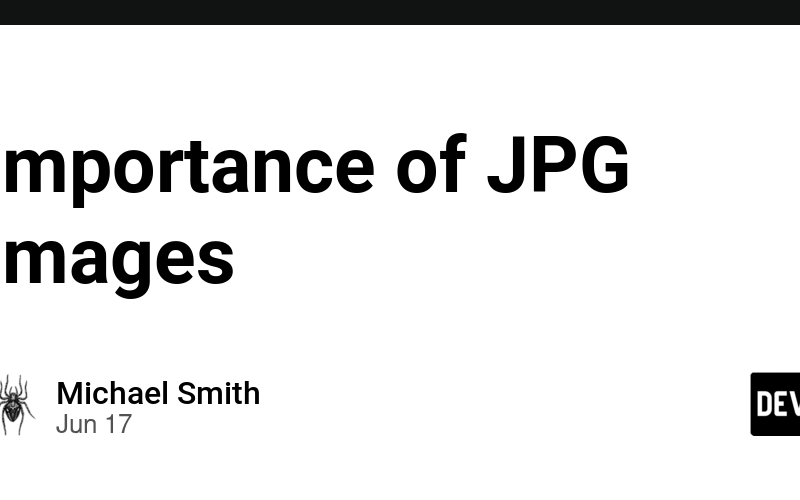What Are JPG Images?
JPG, also known as JPEG (Joint Photographic Experts Group), is a widely-used image format that employs lossy compression to reduce file size while maintaining acceptable image quality. Introduced in 1992, the JPG format has become the standard for digital photography and web images due to its balance of quality and file size.
Characteristics of JPG Images
– Lossy Compression: JPG images use a compression method that reduces file size by discarding some of the image data, which can result in a loss of quality, especially at higher compression levels.
– Color Range: JPG supports 24-bit color, which can display millions of colors, making it ideal for complex images like photographs.
– Adjustable Compression: The level of compression can be adjusted, allowing users to choose between higher quality or smaller file size.
Where Are JPG Images Used?
JPG images are ubiquitous across various platforms and applications:
– Digital Photography: JPG is the standard format for digital cameras and smartphones, balancing quality and file size to store large numbers of photos.
– Web Design: JPG images are widely used on websites for photographs and images with gradients and complex colors, as they load quickly due to their smaller file size.
– Social Media: Platforms like Facebook, Instagram, and Twitter use JPG for sharing images, ensuring fast loading times and efficient storage.
– Email and Document Sharing: JPG files are commonly used in emails and documents due to their manageable size and compatibility with most software.
Advantages and Disadvantages of JPG Images
Advantages
– Small File Size: JPG’s lossy compression significantly reduces file size, making it ideal for web use and storage.
– Wide Compatibility: JPG is supported by virtually all devices, software, and web browsers, ensuring seamless viewing and sharing.
– High Color Depth: With 24-bit color, JPG images can display millions of colors, making them suitable for detailed and colorful images like photographs.
– Adjustable Quality: Users can adjust the compression level to find a balance between quality and file size that suits their needs.
Disadvantages
- Lossy Compression: The compression process discards some image data, which can lead to visible artifacts and a loss of quality, especially at higher compression levels.
- Limited Editing Capability: Repeatedly editing and saving JPG files can degrade quality over time due to cumulative compression losses.
- No Transparency Support: Unlike PNG or WebP, JPG does not support transparency, limiting its use for images requiring clear backgrounds or overlays.
How to Convert WebP to JPG
Converting WebP to JPG is a straightforward process that can be accomplished using various tools and methods:
1. Using Online Tools
Websites like Convertio and Online-Convert allow you to upload WebP files and download the converted JPG files.
2. Using Image Editing Software
Software like Adobe Photoshop and GIMP support WebP format. You can open your WebP file and save it as JPG.
3. Command Line Tools
Command-line tools like dwebp from the WebP library can be used for conversion.
4. Programming Libraries
Programming libraries such as Python’s Pillow or JavaScript’s sharp can be used to automate the conversion process in applications.
Final Words
JPG images remain a cornerstone of digital imaging, offering a practical balance of quality and file size. They are extensively used in digital photography, web design, social media, and document sharing due to their wide compatibility and efficient storage. While the lossy compression can lead to a reduction in image quality, the advantages of smaller file sizes and adjustable compression make JPG a versatile and valuable format. Understanding how to convert between WebP and JPG ensures flexibility and compatibility across various digital platforms, making it an essential skill for modern digital content management.
Source link
lol

